Tips On How To Protect Flower Bulbs From Rodent Damage
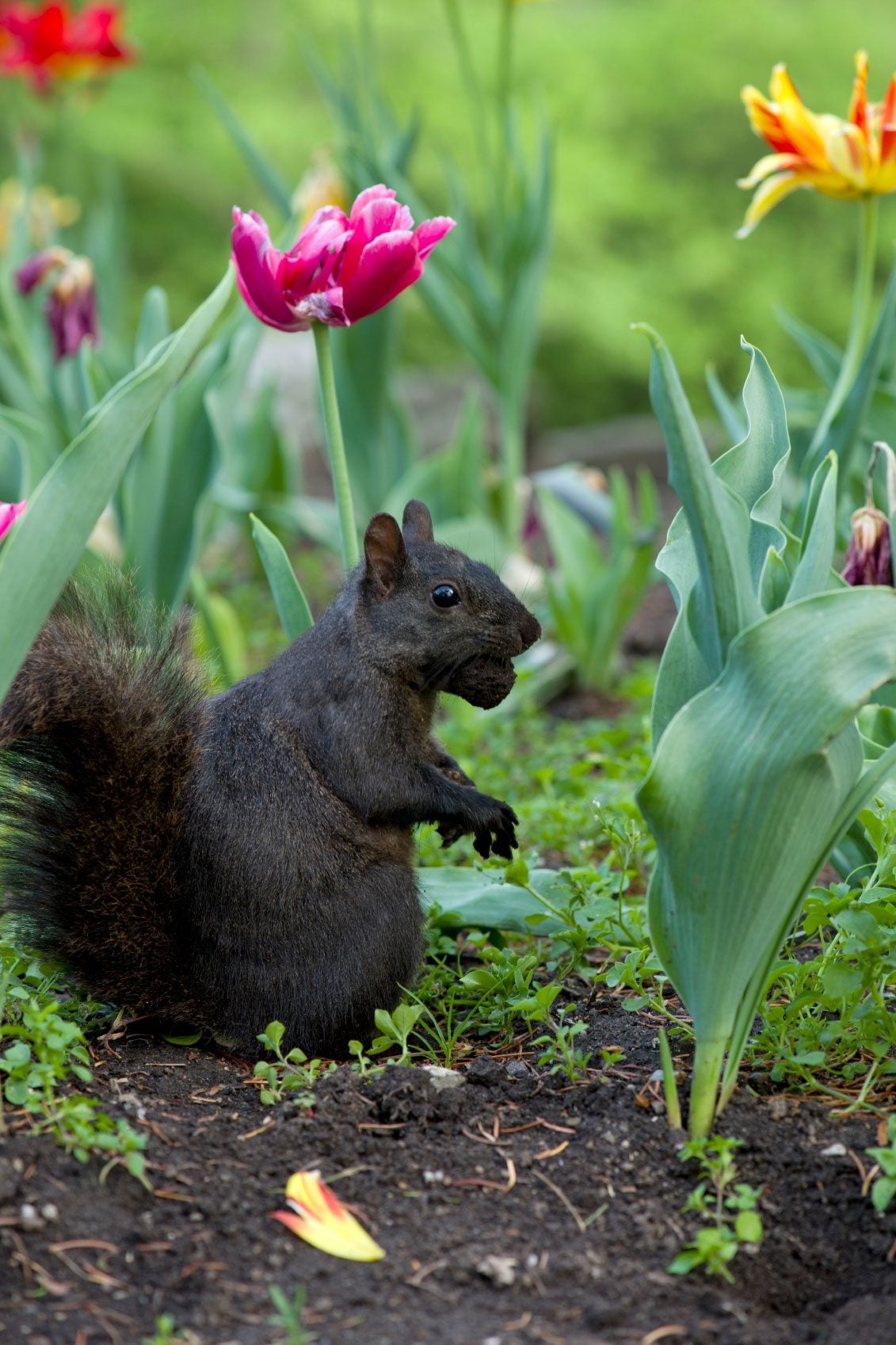

There are few things more devastating to a gardener in spring than to find out the dozens (or even hundreds) of flower bulbs they spent hours planting in the fall have disappeared from their garden, a victim of the winter appetite of some rodent. However, this does not have to happen to you. You can take steps to protect flower bulbs from hungry critters. With just a little extra effort, you will not have to worry any longer about whether your spring bulbs will make it through the winter.
What Animals Are You Protecting Bulbs From?
A wide variety of animals will snack on flower bulbs. Most commonly, mice are the issue, but squirrels, chipmunks, voles, and gophers can also be to blame. Oftentimes a gardener will blame moles as well, but moles do not eat the bulbs or roots of plants. More often than not, it's the usual suspects listed above that will use a mole tunnel to make their way to your spring flower bulbs.
How To Protect Flower Bulbs From Animals
There are several ways to protect your bulbs from rodent damage. All of them can be broken down into two categories: barriers or repellents.
Barriers To Protect Bulbs
A barrier to protect your flower bulbs in the winter needs to be put in place when the flower bulbs are planted. In the fall, when planting your spring bulbs, you can choose one of the following methods to help keep your flower bulbs safe over the winter:
- Chicken wire cages - You can use chicken wire to construct a cage that you can place your flower bulbs in. The holes will allow your bulbs' leaves and roots to grow but will keep pesky rodents at bay.
- Add a layer of gravel - place a layer of sharp edge gravel or grit below and above your bulbs when you plant them. Most animals do not like to dig through sharp debris and will avoid going after your flower bulbs.
- Strawberry baskets or yogurt cups - You can recycle strawberry baskets (the green plastic baskets that you buy strawberries in) or punch holes in the bottom of used yogurt cups and place your bulbs inside these. Both of these methods will protect your spring bulbs from underground attacks but can still leave them open to being dug up from above.
Repellents To Keep Rodents From Flower Bulbs
Repellents can work well for flower bulbs that have already been planted. These methods tend to be short term though and will need to be replaced periodically, as time or weather will reduce their effectiveness.
- Blood meal - Blood meal is the standard repellent for flower bulbs, as it not only helps to keep away small rodents, but also helps to add nutrients to the soil. One negative about using blood meal is that it can attract other unwanted animals, like raccoons or skunks.
- Predator animal hair or urine - Spreading around the hair or urine from animals can help add the smell of a predator to the area, which will help ward off small rodents. You can use human, dog, or cat hair or urine. Human hair can be obtained from beauty salons, dog hair from dog groomers, and cat urine can be found by spreading used kitty litter around where your bulbs are planted.
- Chili pepper - Powdered or liquid chili pepper can help deter rodents from dining on your flower bulbs. Sprinkle the area over your bulbs liberally with this fiery stuff to keep rodents away.
- Plant un-tasty bulbs - Most rodents will avoid eating daffodils, snowflakes, snowdrops, fritillaries, allium, and squill. You can plant only these or try interplanting the unpalatable bulbs with the more vulnerable bulbs like tulips, crocus, and gladioli.
Gardening tips, videos, info and more delivered right to your inbox!
Sign up for the Gardening Know How newsletter today and receive a free copy of our e-book "How to Grow Delicious Tomatoes".

Heather Rhoades founded Gardening Know How in 2007. She holds degrees from Cleveland State University and Northern Kentucky University. She is an avid gardener with a passion for community, and is a recipient of the Master Gardeners of Ohio Lifetime Achievement Award.
-
 Zinnias On Repeat: 10 Glorious Cut-And-Come-Again Varieties For Endless Summer Bouquets
Zinnias On Repeat: 10 Glorious Cut-And-Come-Again Varieties For Endless Summer BouquetsThese zinnia varieties keep giving all summer, making them the perfect choice for dedicated cutting gardens – or just the occasional homegrown bouquet.
By Ellen Wells
-
 Create A Romantic Garden Straight Out Of Bridgerton: Regency Era Romance In Your Garden
Create A Romantic Garden Straight Out Of Bridgerton: Regency Era Romance In Your GardenTry some romantic garden ideas straight out of Bridgerton. Flowers and gardens in the Regency era were lush and charming and you can get the same look!
By Bonnie L. Grant
-
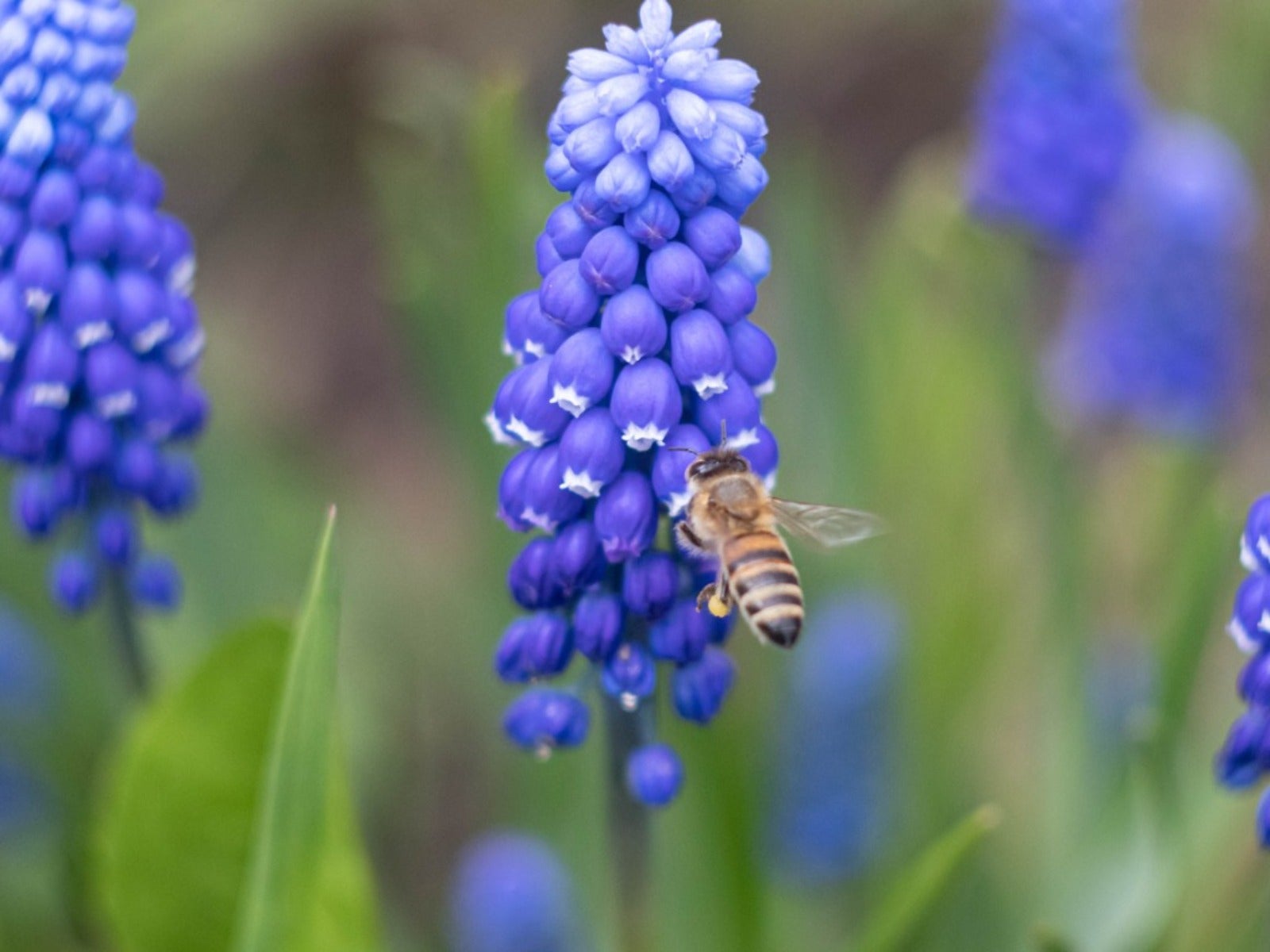 Pretty Spring Bulbs For Pollinators
Pretty Spring Bulbs For PollinatorsWhat are the best flowering bulbs for pollinators in spring? Click here to find out.
By Mary Ellen Ellis
-
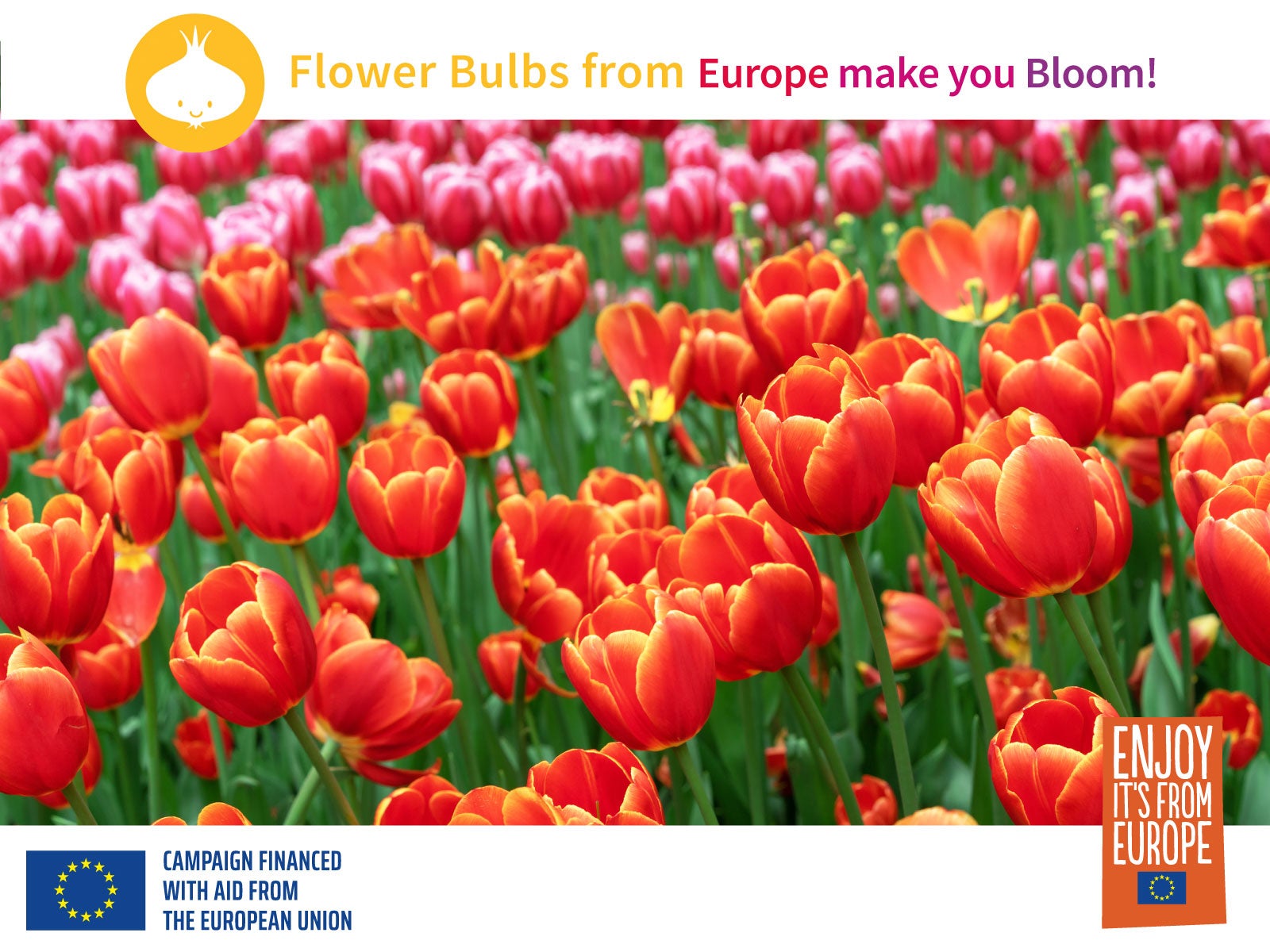 Grow An Early Spring Flowering Bulb Lawn
Grow An Early Spring Flowering Bulb LawnWant a lawn that nourishes pollinators, never needs weeding, and grows more beautiful every year? We have the lawn for you. Click for more.
By Caroline Bloomfield
-
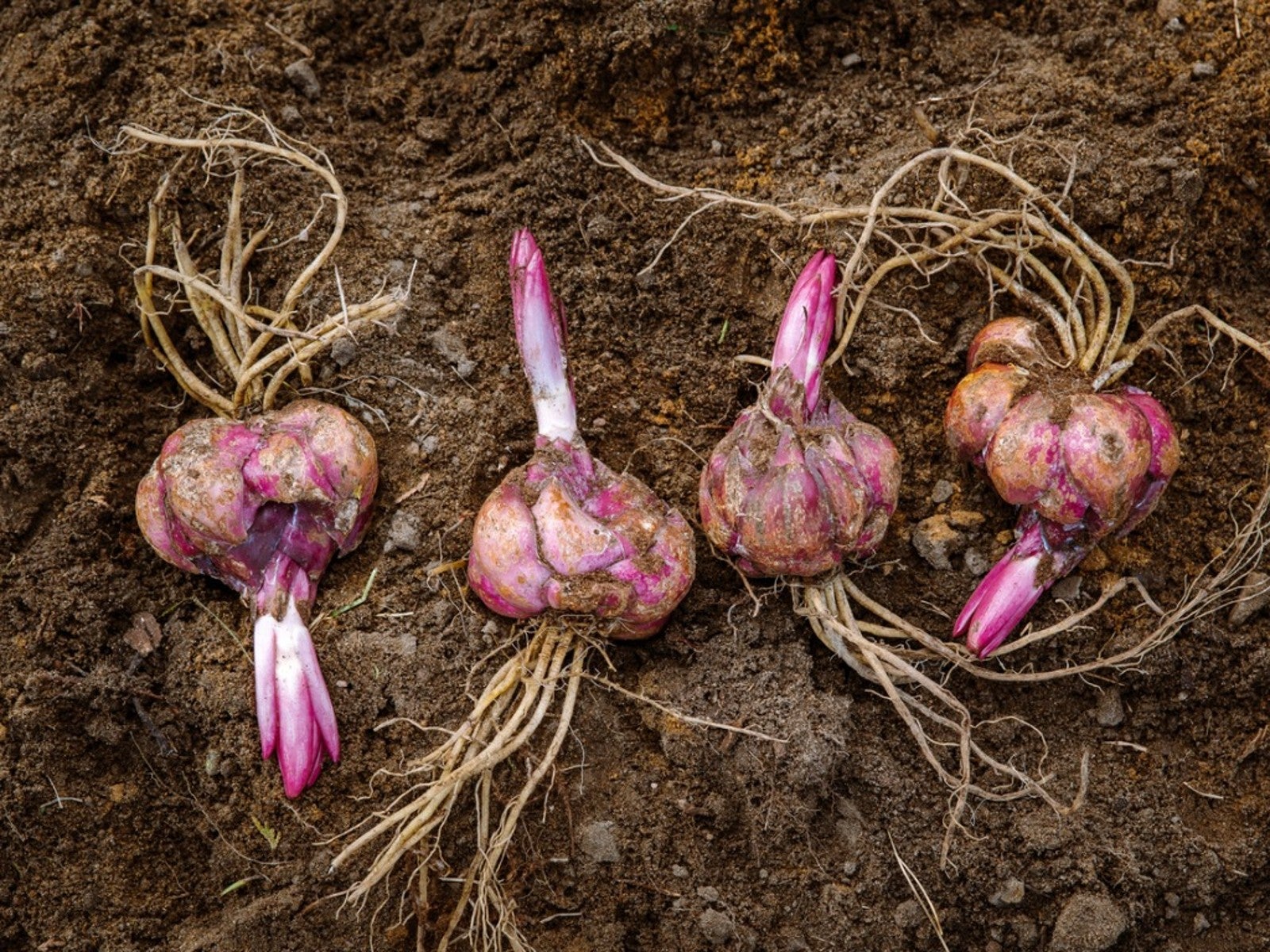 When To Dig Up Bulbs That Bloom In Summer
When To Dig Up Bulbs That Bloom In SummerClick here to learn when to dig up faded summer bulbs of some of the most common ornamentals grown.
By Tonya Barnett
-
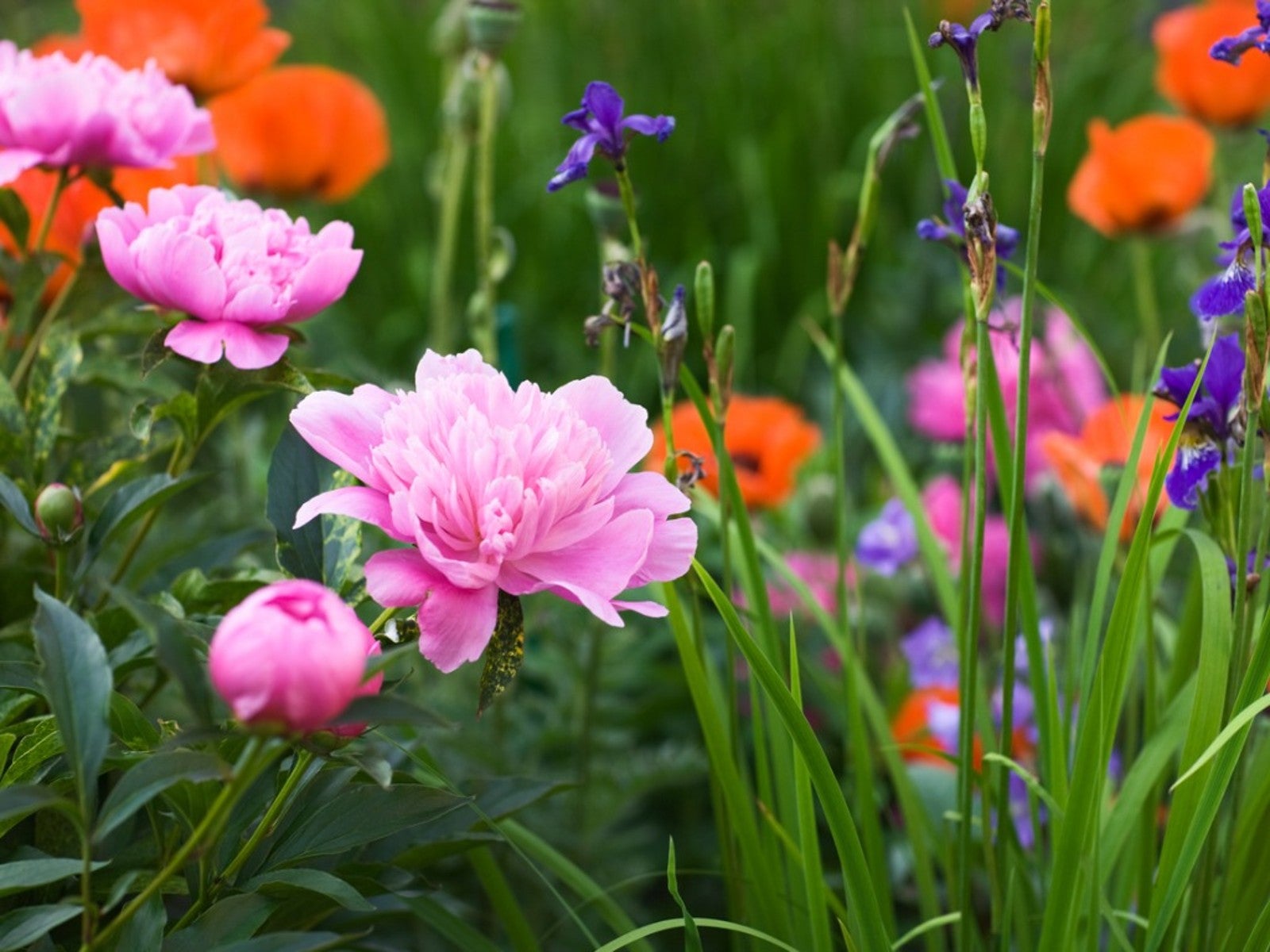 Corms, Tubers, And Bulbs That Are Deer Resistant
Corms, Tubers, And Bulbs That Are Deer ResistantWe love tulips, and so do deer! If you have hungry deer and you hunger for spring blooms, this article should help.
By Amy Grant
-
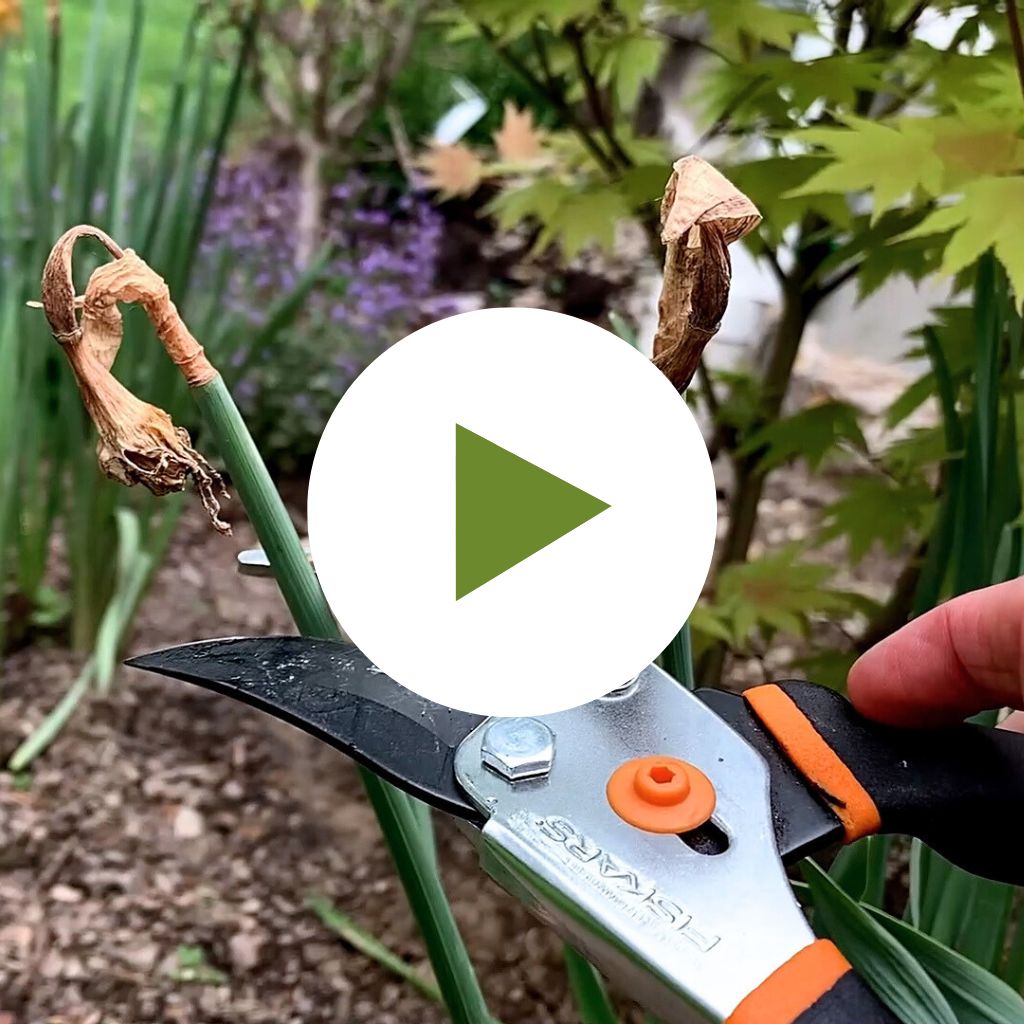 Care for Bulbs After Blooming
Care for Bulbs After BloomingIt's tempting to chop down the leaves after you bulbs have bloomed, but you have to resist this urge! Click to learn why.
By Amy Draiss
-
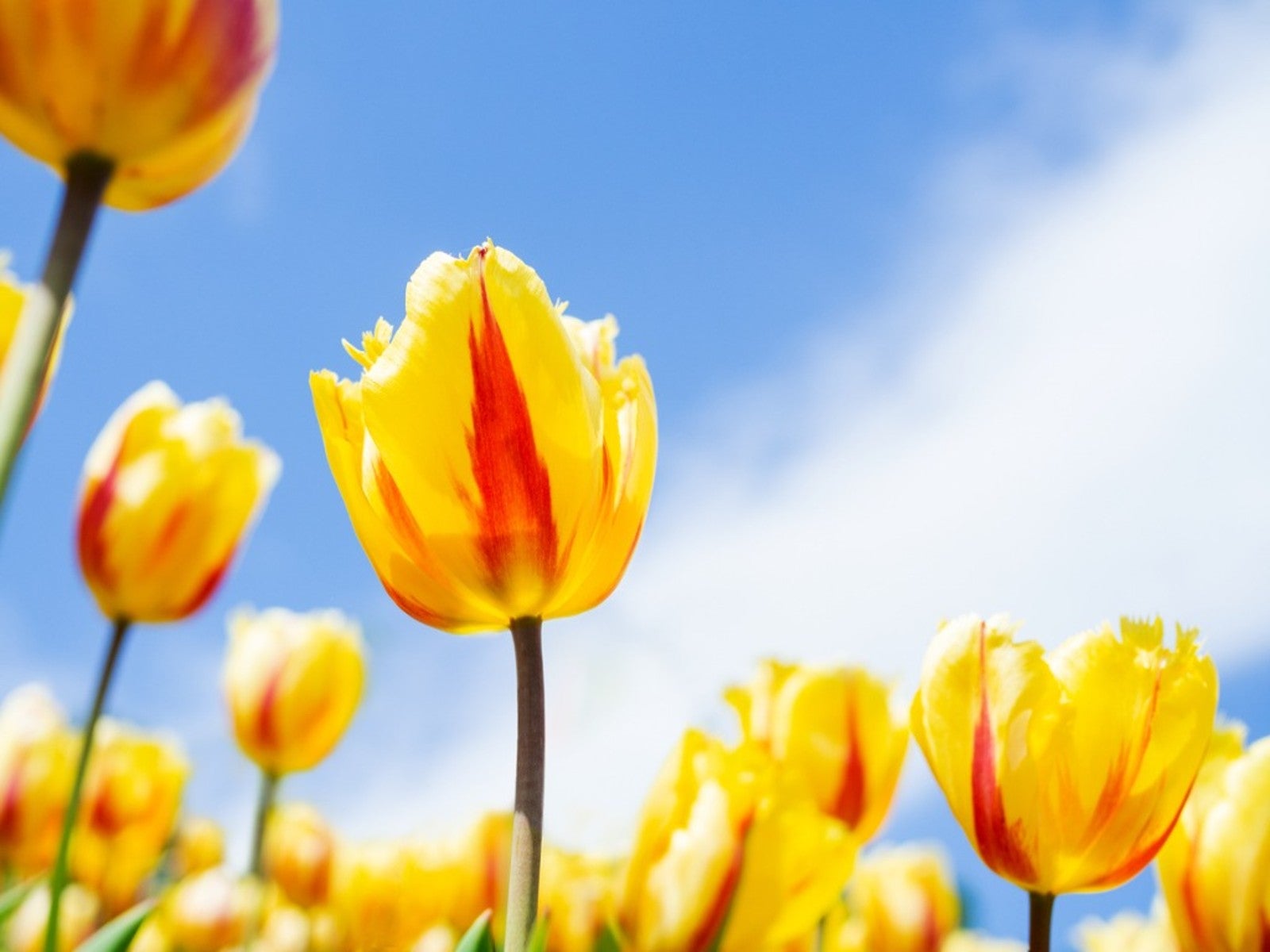 Best Spring Bulbs for Sun and Shade: Bulbs That Grow in Shade and Full Sun
Best Spring Bulbs for Sun and Shade: Bulbs That Grow in Shade and Full SunBulbs are beautiful harbingers of spring. Most flower bulbs thrive in full sun, but what if you have a shaded landscape? Read on for more.
By Amy Grant
-
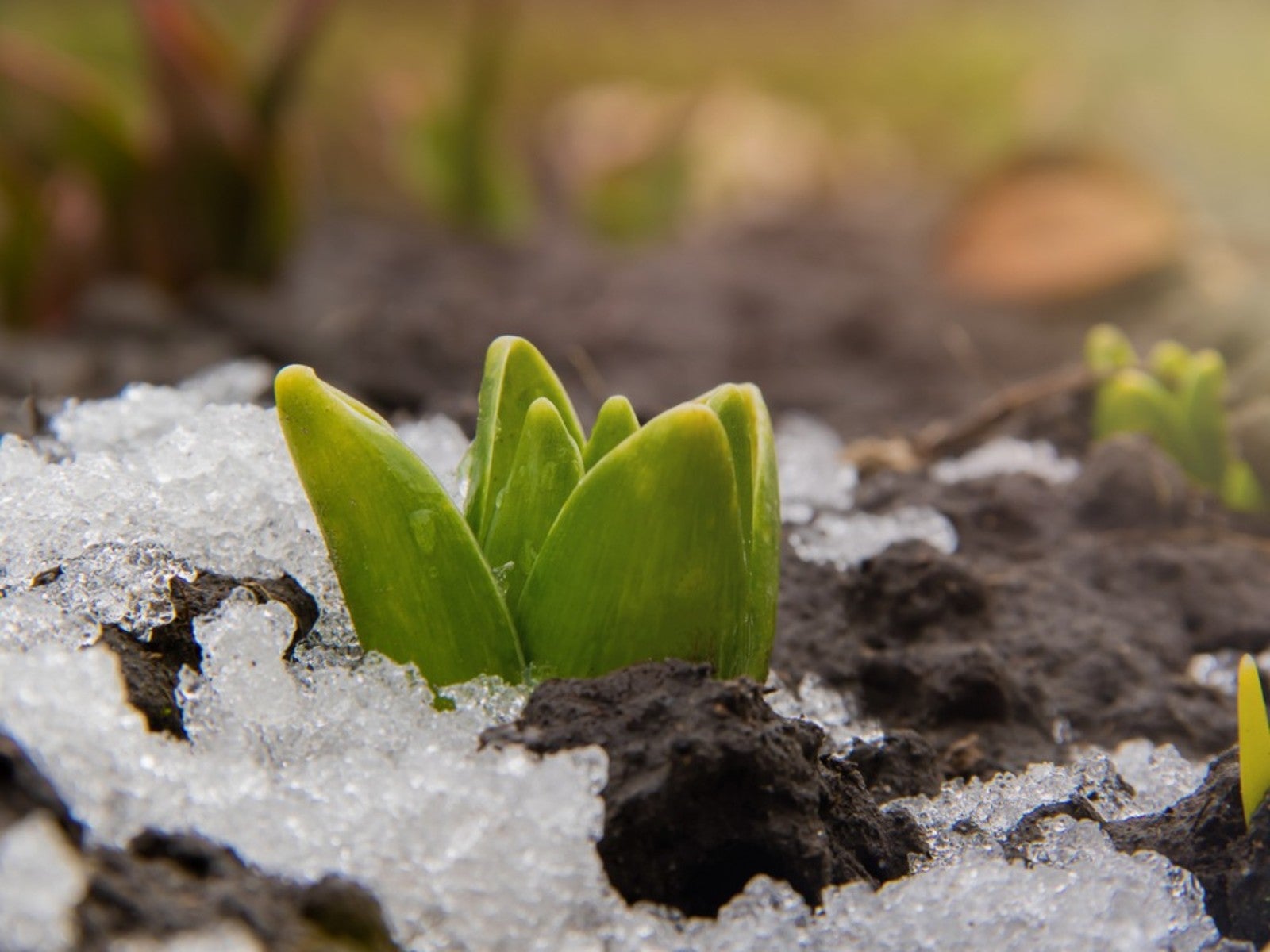 Bulb Life Cycle In Winter: What Bulbs Do For Months Under The Snow
Bulb Life Cycle In Winter: What Bulbs Do For Months Under The SnowDormancy in winter doesn't mean nothing is happening with bulbs. It just means you don't see any growth above the ground. Read on for more.
By Bonnie L. Grant
-
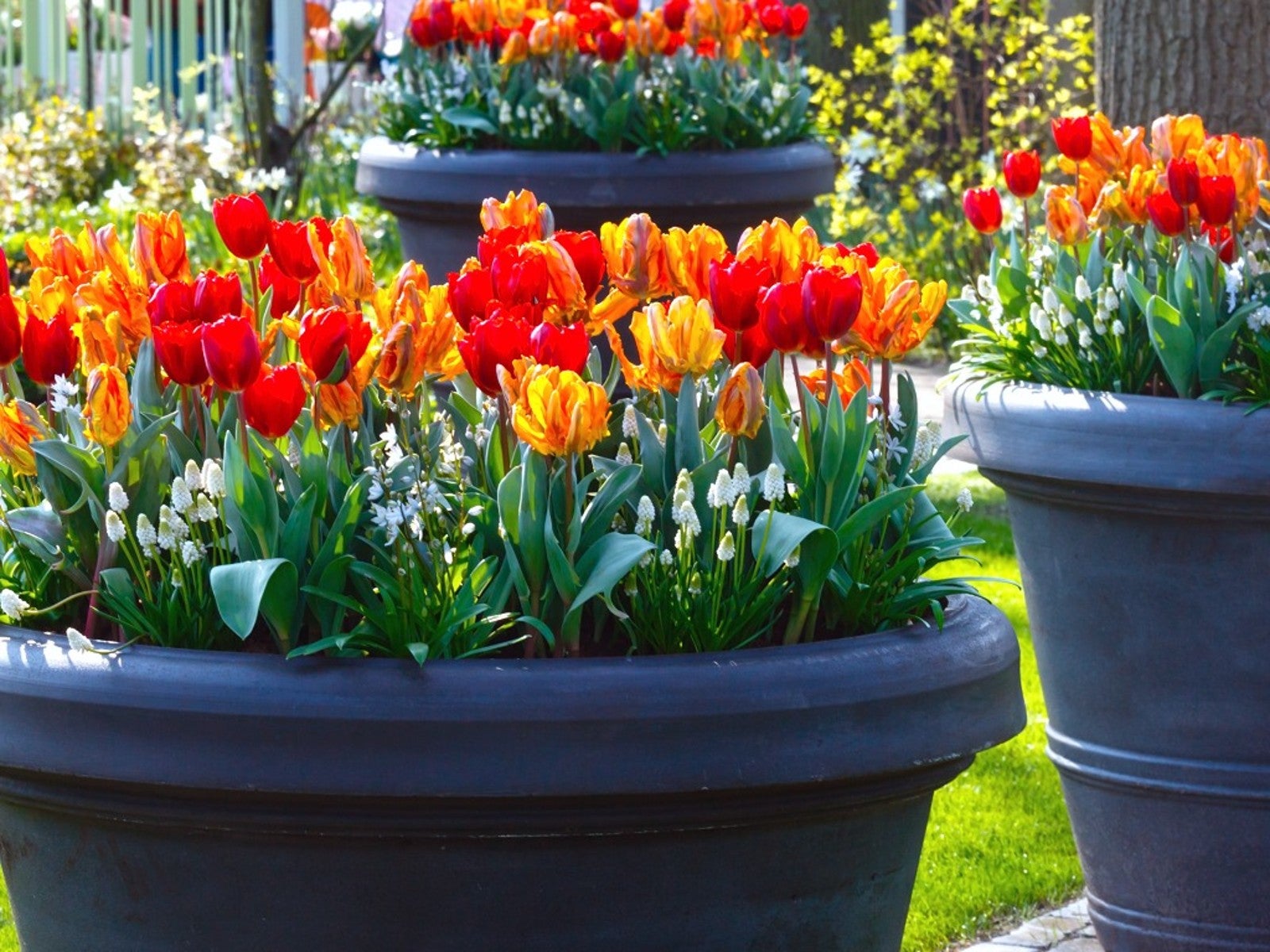 How To Plant Bulbs In Pots - Lasagna Style
How To Plant Bulbs In Pots - Lasagna StylePlanting bulbs in containers is an easy way to create a gorgeous spring porch arrangement, especially when you use the lasagna method.
By Laura Walters